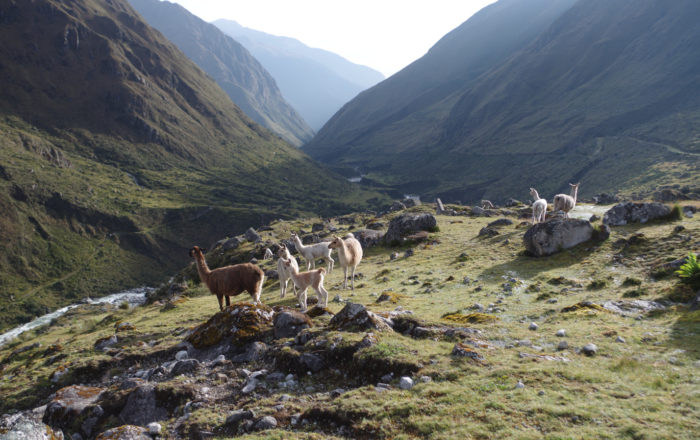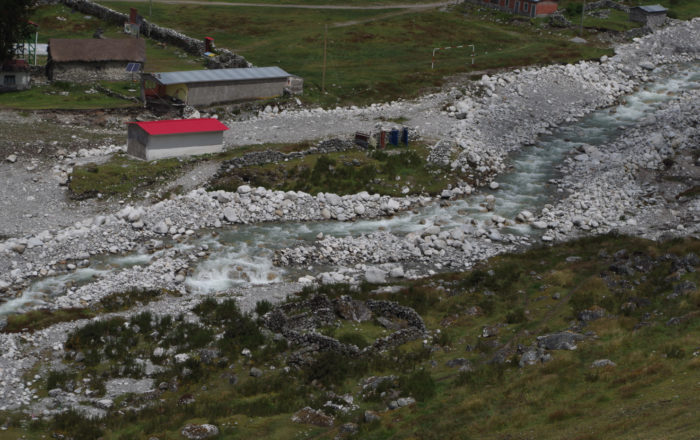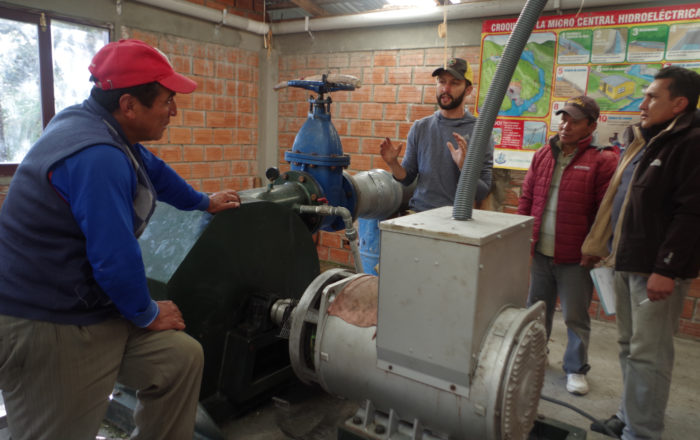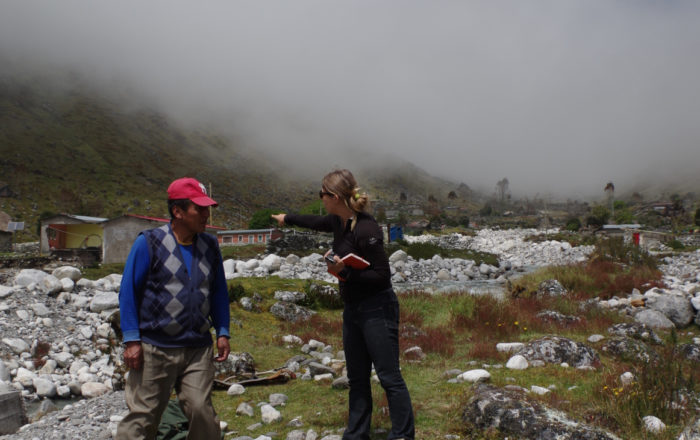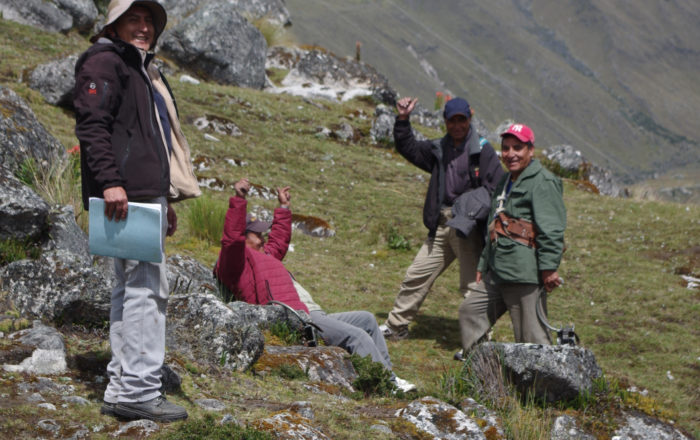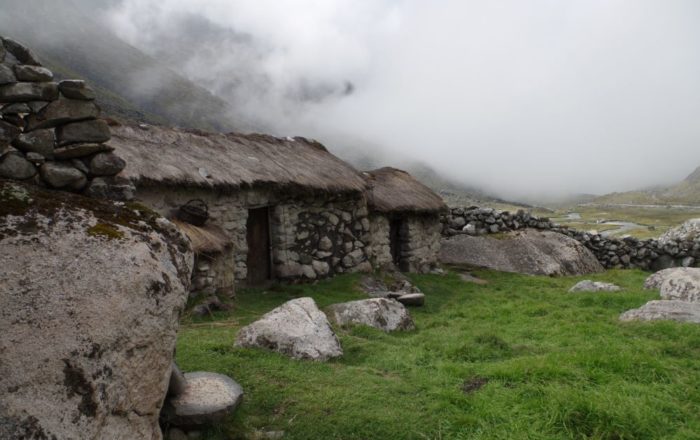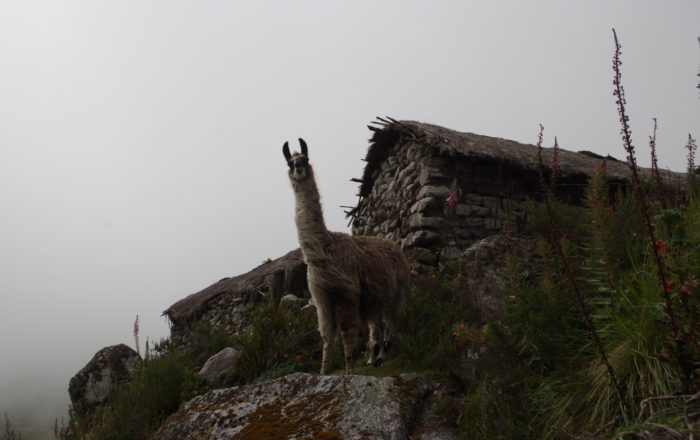Perched on the banks of a small river in the vast, rugged landscape of the Andes Mountains sits the community of Amaguaya. The Aymara people who call Amaguaya home have made their living for generations through raising llamas and farming potatoes. Though small by some standards, this community of 56 families is a hub in the region. Families from four surrounding communities send their children to school in Amaguaya and depend on the local clinic for medical care.
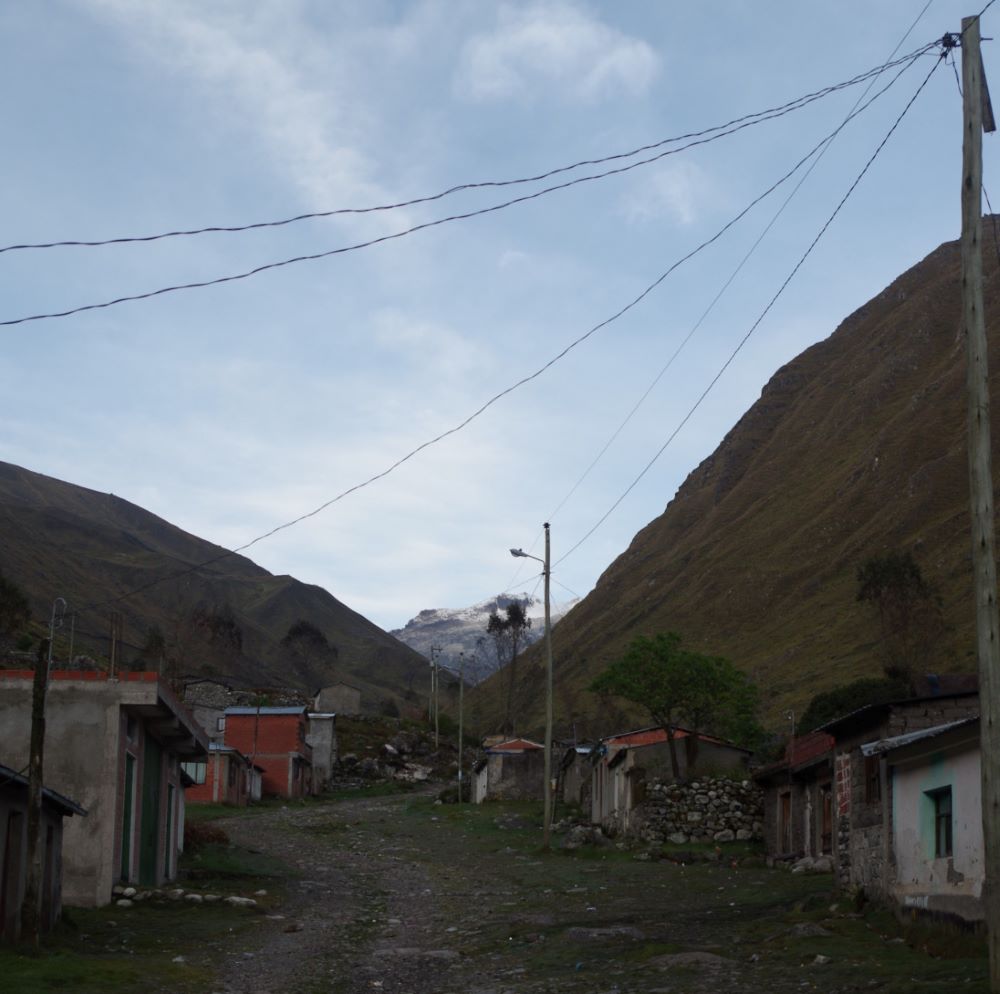
In February 2018, record-breaking rainstorms swept through the region. Floods carried away a portion of the school building and a lighting strike severely damaged the micro-hydroelectric system that brings power to Amaguaya. The community, in collaboration with one of our partner organizations, Soluciones Prácticas, built this micro-hydroelectric system just four years before the storm hit. Like an estimated 400,000 others in rural Bolivia, until 2013 the people of Amaguaya lived without access to power. Amaguaya’s new system brought electricity, for the first time, both into people’s homes and to the school building and medical clinic. Four years later storms left this system only partially functioning and at risk of completely breaking down.
The destruction in Amaguaya underscores the need to invest in preparing vulnerable communities for climate change. According to the Global Commission on Adaptation (GCA) “preparing for the impacts of climate change can pay back the initial investment ten times over”. In October the GCA published a report urging donors, politicians, and NGOs to invest more in resiliency, emphasizing that a disproportionate amount of funding up to this point has gone to reducing greenhouse gases. While this work is incredibly important, we also need to start funding serious efforts to prepare the most vulnerable communities for climate change.
So what does investing in resiliency look like on the ground? Thanks to generous funding from the HDR Foundation and the Christadelphian Meal-a-Day Fund of the Americas, Green Empowerment is working with Soluciones Prácticas Bolivia to repair the damaged infrastructure in Amaguaya and to plan with the community for future climate events. Key to building resilience is approaching the challenge from as many angles as possible, not only fortifying the technology. We are also investing in training local technicians and the community at large to respond to climate events and building additional green infrastructure to protect the town and the system from future flood events.
Earlier this year two Green Empowerment volunteers and former employees of HDR Engineering, Steve Meicke and Lisa Hall, traveled to Amaguaya to assess the damage and create a plan to rehabilitate the system. On this visit Lisa, drawing on her expertise in water systems observed severe erosion in the riverbed. She started talking with community leaders immediately about natural structural improvements that they could make to help protect the town. They worked together to create a plan to rebuild and fortify the riverbank.
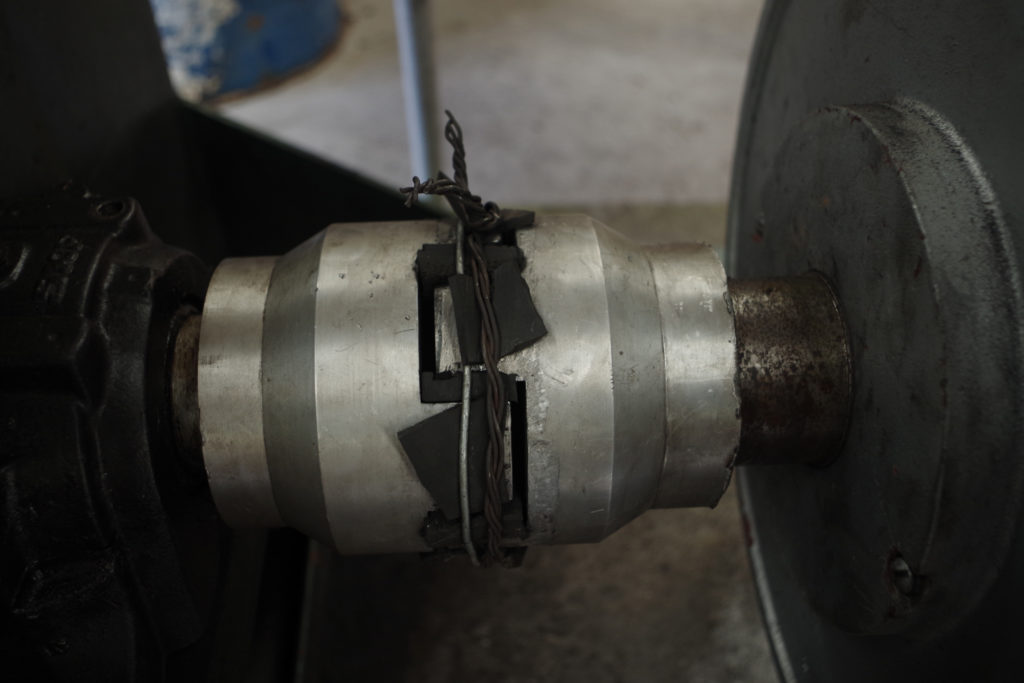
The visit also highlighted the need to train and equip local technicians. After the storms in 2018, resourceful community members made repairs with whatever materials they had on hand. They replaced rubber parts with pieces cut from old car tires and attached them with baling wire. While this creativity is impressive, improvised repairs can be dangerous for operators and damage the overall system. Planning for climate events means having spare parts on hand and investing in additional training for local technicians so that they can both maintain the system in peak operating condition and quickly and safely repair the damage.
In addition to the technical trainings which are already underway, in phase two of this project we will work with Soluciones Prácticas to lead trainings with the wider community on what they can do to prevent damage during a major weather event. Soluciones Prácticas also plans to do a feasibility study to see if an early warning system can be installed so that community members have the best chance of putting this training to work.
Given our approach in Amaguaya we were happy to see that in their report the GCA identified Resilient Infrastructure and Early Warning Systems as two of the most important ways to invest in resiliency. As we push forward with projects that bring clean energy to communities across the globe, we know that this work must include working with the community to build resilience. Global warming is well underway. It is not enough to build energy solutions that meet today’s needs. We must also help communities prepare for the climate events that they will inevitably face in the coming years.
A huge thank you to Steve Meicke and Lisa Hall for their work on this project. We would also like to recognize the HDR Foundation and Christadelphian Meal-a-Day Fund of the Americas for funding the work in Amaguaya.

